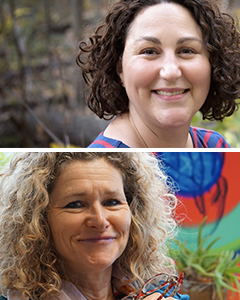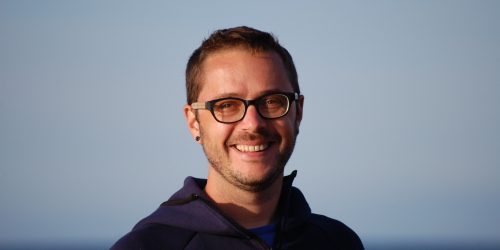Bring testing to the people
April 2, 2019 • By Amanda GiacomazzoEditor’s note, January 2022: Some of the approaches and technologies highlighted here are still only available in some regions of Canada. Additionally, HIV self-testing/home-based testing has now been approved for use in Canada. Canada has signed on to global targets to eliminate HIV and hepatitis C as public health threats by 2030. While ambitious, these targets are now a realistic possibility thanks to the effectiveness of modern medications. HIV treatment can suppress the virus so successfully that HIV-positive Canadians who start treatment early can have life expectancies similar to their HIV-negative peers. This also prevents the transmission of HIV to...






